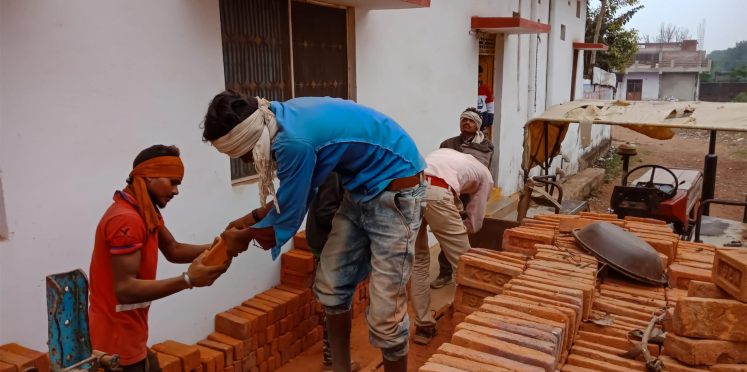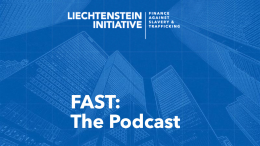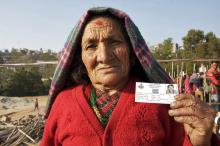Construction employs 7 per cent of the world's workforce. It is at the heart of global plans for achieving the 2030 Agenda, with the G20’s Roadmap for Infrastructure as an Asset Class, the China-backed One Belt One Road Initiative, the Japan, US and Australia-backed Blue Dot Network. But it is also estimated to account for 18 per cent of forced labour. Risks are widespread: even in the UK, for example, one third of construction workers in one survey indicated that they had worked for no pay.
Modern slavery risks in the construction sector arise from the same supply chain outsourcing practices and vulnerable worker populations we identify in other sectors. But there is a key difference due to the physically-grounded nature of construction: production cannot move to the site of cheap labour, but rather must bring cheap labour to the construction site. The industry deals with this by externalizing recruitment costs onto workers. Workers effectively subsidize construction by paying intermediaries, brokers and lenders for access to jobs. Workers take out punishing loans to pay these fees. This leads to debt bondage and a USD 4 billion drag on development, depriving workers’ home states of development income.
Prompted by the FIFA World Cup 2022 spotlight and paradoxically liberated by the 2017 blockade imposed by the Gulf Coalition Council and other countries, Qatar has turned substantially towards free labour market arrangements. Together, ILO and Qatar have worked since 2017 to reform Qatari labour market regulation, adopting reforms that have enlarged worker agency. New dispute resolution and worker voice systems were established, worker welfare standards were adopted, some recruitment fees started to be reimbursed, a workers’ insurance fund was set up to move the risk from late payment from workers to the state. Finally, in August 2020, Qatar abolished its system of ‘No Objection Certificates’ and, with it, the kafala system in the country, while also moving to institute a non-discriminatory minimum wage. Yet, issues around workers' voices remain unresolved.
The location-specific nature of construction also has implications for the sector’s political economy. Control of buildings and built infrastructure gives access to rents, so it is a prize in political and military competition. Forced labour connected to infrastructure becomes a way to assert control over those assets’ locations – and the populations that live there. We explore these dynamics in a Myanmar case study. From independence until the 1990s, the Tatmadaw (Myanmar military) used forced labour as a counter-insurgency tool of pacification to establish territorial control in Burma’s post-colonial periphery. By the mid-1990s forced labour on infrastructure was worth perhaps 7 per cent of GDP. From the 1990s, as the military shifted towards a more market-oriented governance strategy, extracting profit from Myanmar’s natural resources through partnership with ethnic leaders and foreign capital, forced labour evolved in a more commercial direction. In the last few years, however, the old military logic has resurfaced as the Tatmadaw has revived its counter-insurgency approach in Rakhine state, particularly targeting the Rohingya.
Finally, most value added from construction and much from built infrastructure is consumed domestically, restricting foreign actors’ leverage. The exception is where infrastructure is created for export markets (for example exported energy or the television broadcast rights associated with mega sports events). We explore these leverage dynamics in both Myanmar and Qatar. In both places, the ILO has played a key role, and development actors have also contributed to positive reforms. At the time of writing, the World Bank plans to invest USD 100 million in Rakhine raised difficult due diligence questions about how to ensure that development finance contributes to modern slavery prevention without exacerbating modern slavery risks.
Suggested citation: "Construction and Infrastructure," United Nations University, UNU-CPR, 2024-05-01, https://unu.edu/cpr/article/construction-and-infrastructure.




